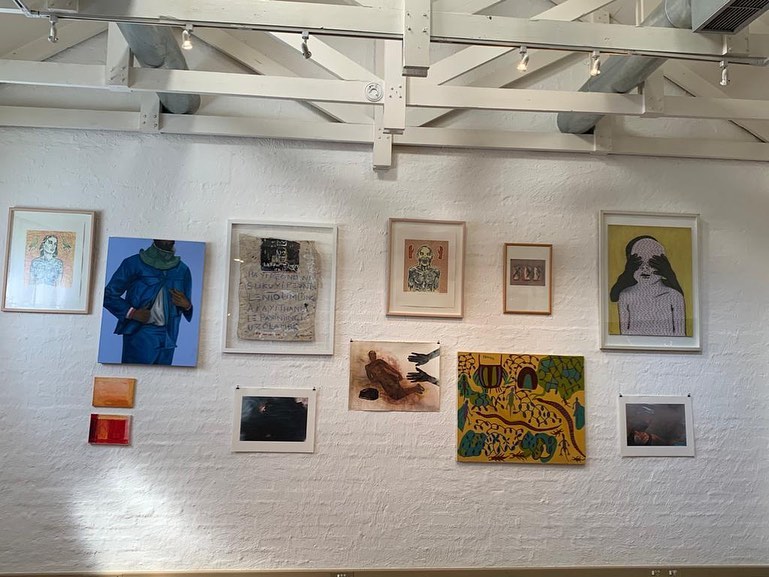- A panelist’s view: Art collectors at times seek gripping artworks that are conversation starters
GOSEGO MOTSUMI
From the blood, sweat, tears and talent of artists comes works worth preserving and passing on and art collector’s engagement with the community does not only stimulate the art market but also shapes how contemporary art is experienced and remembered.
This was the crux of a panel discussion held by the Art Residency in collaboration with Bafana Ba Art at Linnaeus Sanitas in Gaborone over the weekend.
The event also featured an exhibition of artworks from private collections that was also open to the public.
“The discussion explores how we can develop the local contemporary art scene and have local collectors collecting local art,” said visual artist Ann Gollifer of the Art Residency.
Tiny art scene
Giving a brief history of Botswana’s art scene since she first arrived in the country as part of her parent’s luggage in 1976, Gollifer said Botswana had a tiny art scene in terms of video, music and everything else creative in the 1980s.
From then onwards, the arts scene reached a point where initiatives like artist workshops were developed, but creatives had to be their own curators, collectors, critiques and dialogue makers.
“It is only now when I am working with the Art Residency and educated people in their 20s and 30s that we have such a strong community that can now start building something that is really relevant to the wider community,” Gollifer, who is also an art collector, said.
Inspiration
As was noted in the panel discussion, art collectors often shape contemporary art history because of their unique decisions and thoughtful connections with other art enthusiasts.
Art lovers, collectors among them, support an artist’s endeavour, trusting that the artist’s talents and intuition will bring something new to light.
Art collector, Bame Pule, who was part of the panel discussion, shared that his motivation for collecting art was about African presence in global conversations.
Pule said he ensures that the African story is told as he collects different types of art from paint on canvas to sculptures, and the artwork has to be striking.
“In my travel, I found out that societies that I visited told stories of themselves through art, and that created an awareness of emptiness in me that I have not engaged much with Botswana art,” he said.
“I created this passion for discovering and learning about Botswana through art because I take it as a statement about life.”
Gripping art
Mindfulness teacher, coach and art lover, Mother K Masire, shared that as a collector she gravitates towards abstract pieces that are gripping and are conversation starters.
Practising artist Kim Makin said she mostly collects art through art exchanges with fellow artists, as well as supporting other creators as a way of showing that she believes in their artistic careers.

